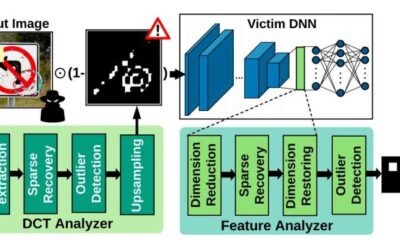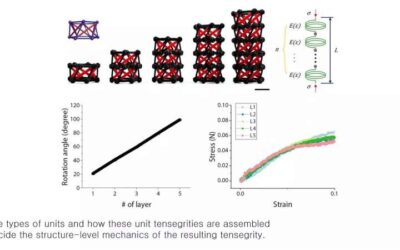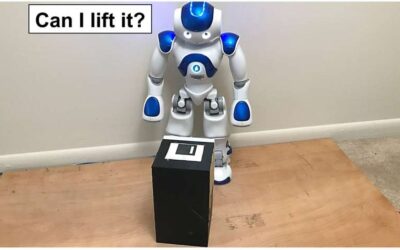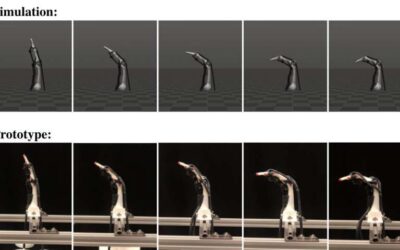Humans are innately able to adapt their behavior and actions according to the movements of other humans in their surroundings. For instance, human drivers may suddenly stop, slow down, steer or start their car based on the actions of other drivers, pedestrians or...
Hi Tech & Innovation
A home energy management system to achieve optimal control of heat pumps and photovoltaics
Over the past few decades, researchers worldwide have developed a growing amount of systems that can produce renewable energy, such as solar, wind or hydroelectric energy. While some companies and individuals have already started adopting these technologies, a...
CLEANN: A framework to shield embedded neural networks from online Trojan attacks
With artificial intelligence (AI) tools and machine learning algorithms now making their way into a wide variety of settings, assessing their security and ensuring that they are protected against cyberattacks is of utmost importance. As most AI algorithms and models...
A 3D-printed tensegrity structure for soft robotics applications
Tensegrity is a design principle that has often been applied by artists, architects and engineers to build a wide range of structures, including sculptures, frames and buildings. This principle essentially describes the dynamics that occur when a structure maintains...
A technique allows robots to determine whether they are able to lift a heavy box
Humanoid robots, those with bodies that resemble humans, could soon help people to complete a wide variety of tasks. Many of the tasks that these robots are designed to complete involve picking up objects of different shapes, weights and sizes.
A heuristic search algorithm to plan attacks in robotic football
Robots have gradually been making their way into a variety of fields and settings, including sports competitions. Robotic football, or soccer, is an innovative version of soccer in which human players are replaced by robots.
Reviewing recent advancements in the development of neuro-inspired computing chips
In recent years, many research teams worldwide have been developing computational techniques inspired by the human brain, such as deep learning algorithms. While some of these techniques are considered highly promising for a wide range of applications, conventional...
A method to perform canonical phase measurements using quantum feedback
Light is known to have a number of fundamental properties, including color, brightness, and direction, most of which are immediately apparent and can be observed with the naked eye. There are now several instruments to detect and measure these properties, such as...
A biomimetic robotic finger created using 3-D printing
Humans are innately capable of performing complex movements with their hands via the articulation of their endoskeletal structure. These movements are made possible by ligaments and tendons that are elastically connected to a fairly rigid bone structure.
New reconfigurable circuits for a wide range of applications
Electronic components that can process information with high levels of efficiency are crucial for the development of most contemporary devices and computational tools. Reconfigurable electronics, flexible systems that can change configurations to best utilize...










